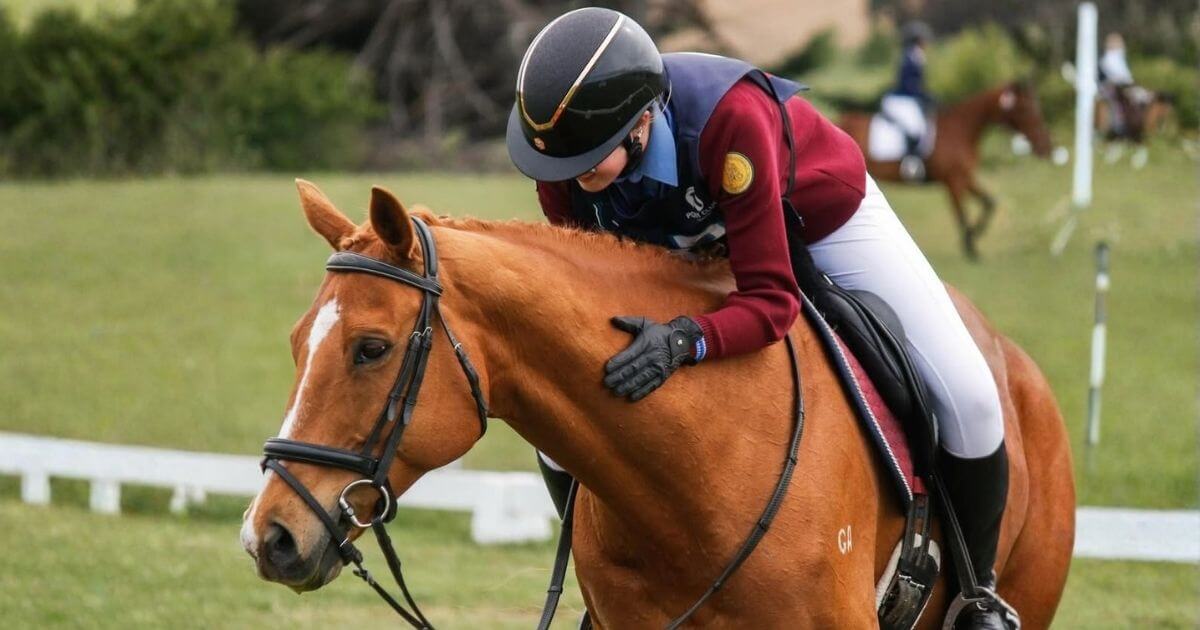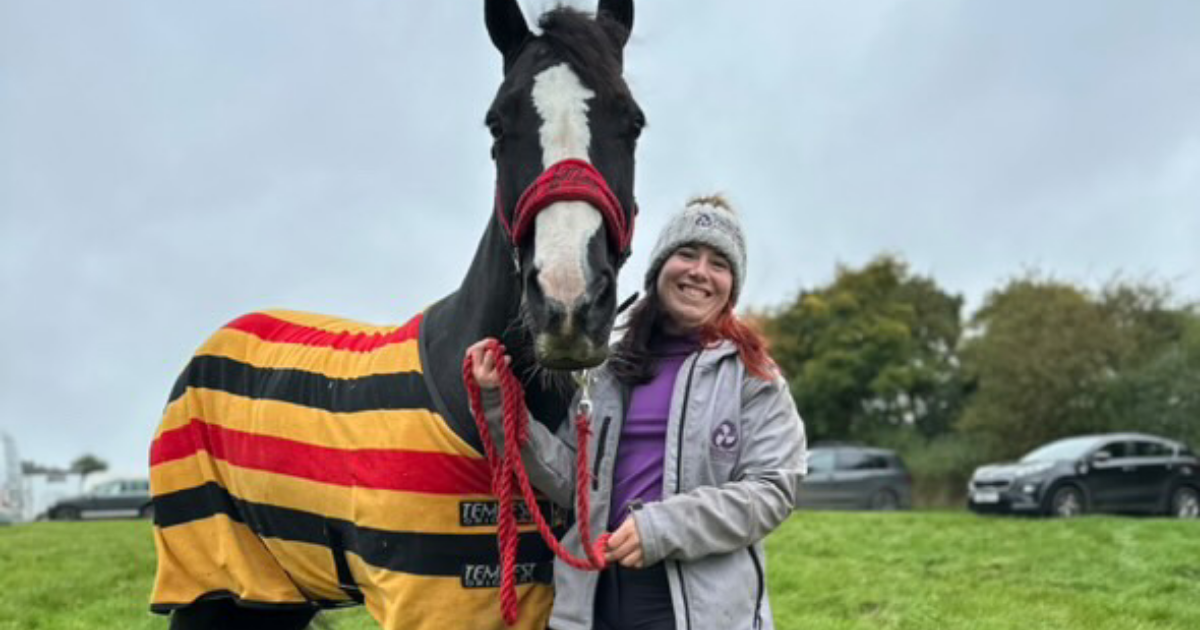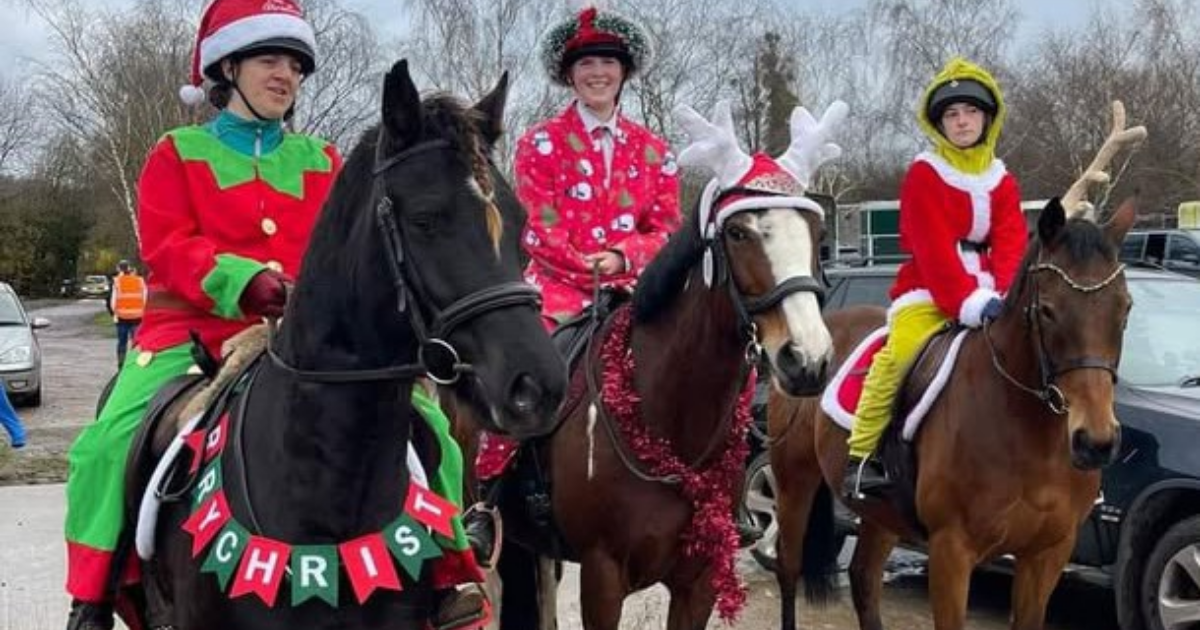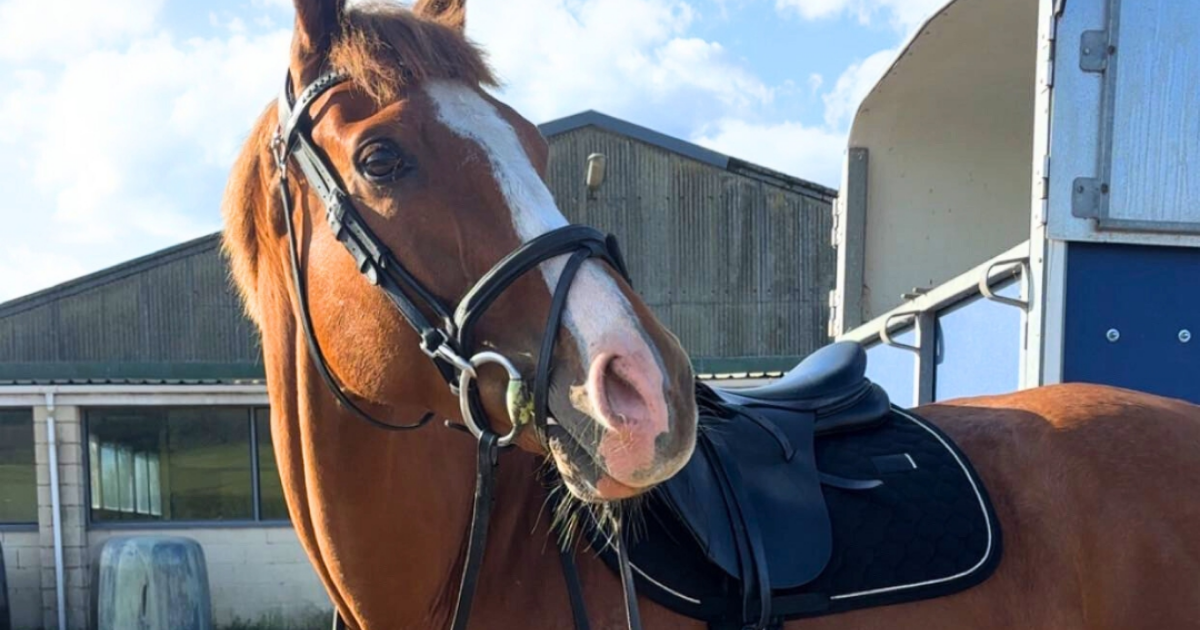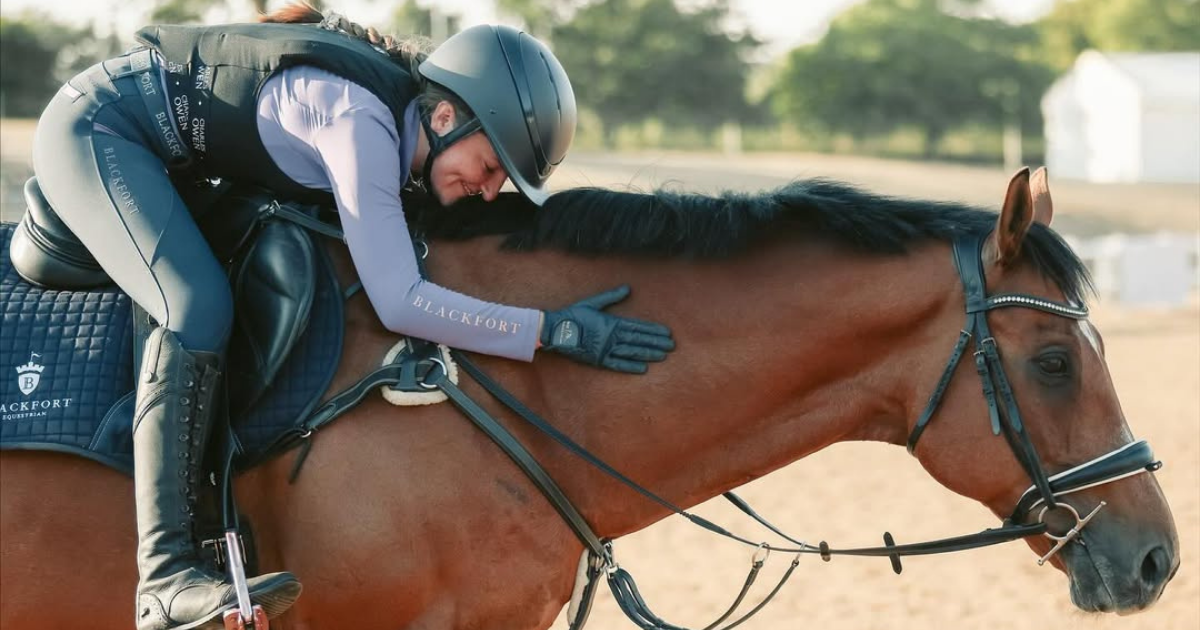How Many Gaits Do Horses Have?
How Many Gaits Do Horses Have?
Having a good understanding of horse gaits is essential for any rider looking to develop their skills. Gaits refer to the different ways in which horses move, and can be broken down into the walk, trot, canter, and gallop. Each of these gaits has its own unique characteristics, and it is important to understand them so that you can effectively communicate with your horse while riding.
Walk
Walking is the first gait that a horse learns, and it is the most basic form of movement. The horse moves at a slow, steady pace with its head and neck extended. Its hooves move in a diagonal pattern, with the inside hoof lifting and reaching forward, followed by the outside hoof. This creates a four-beat rhythm that is both comfortable and efficient for the horse. The walk is the slowest gait and is used for warming up and cooling down.
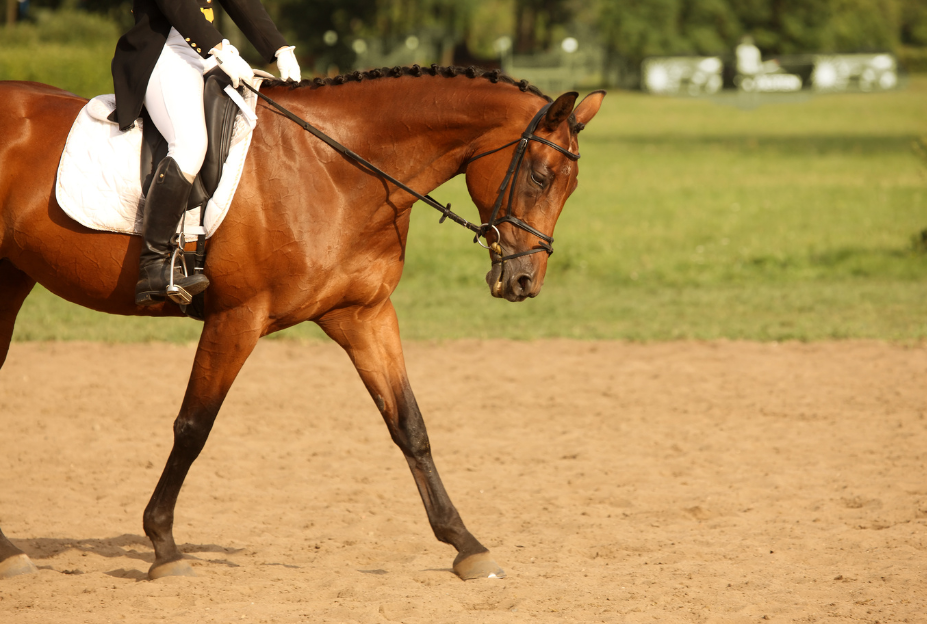
Trot
When it comes to horse gaits, the trot is the second gait a horse can do. In the trot, the horse moves in two beats - one diagonal pair of legs moves together while the opposite diagonal pair of legs move together. This creates a jolting motion, as the horse's legs move up and down in an alternating pattern. The horse's back also moves up and down, which is why the trot can be a bit uncomfortable for riders.
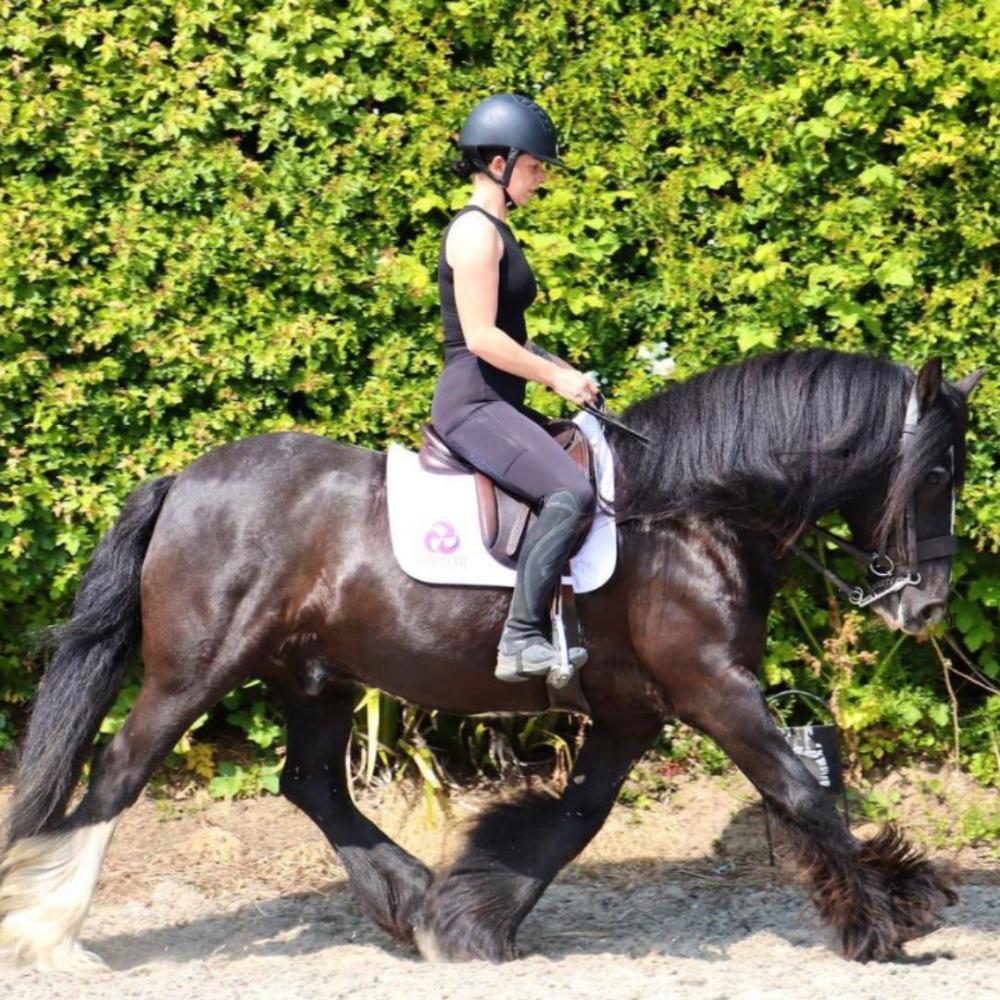
Canter
Canter is the third gait of a horse, after the walk and the trot. It is a three-beat gait, with the first beat being the strongest. When a horse is cantering, it moves its legs in a diagonal pattern, with the outside hind leg and the inside front leg striking the ground together. The canter is a smooth, comfortable gait for the horse, and is used in many disciplines. The canter is one of the fastest gaits and is used for jumping, eventing, and cross-country riding.
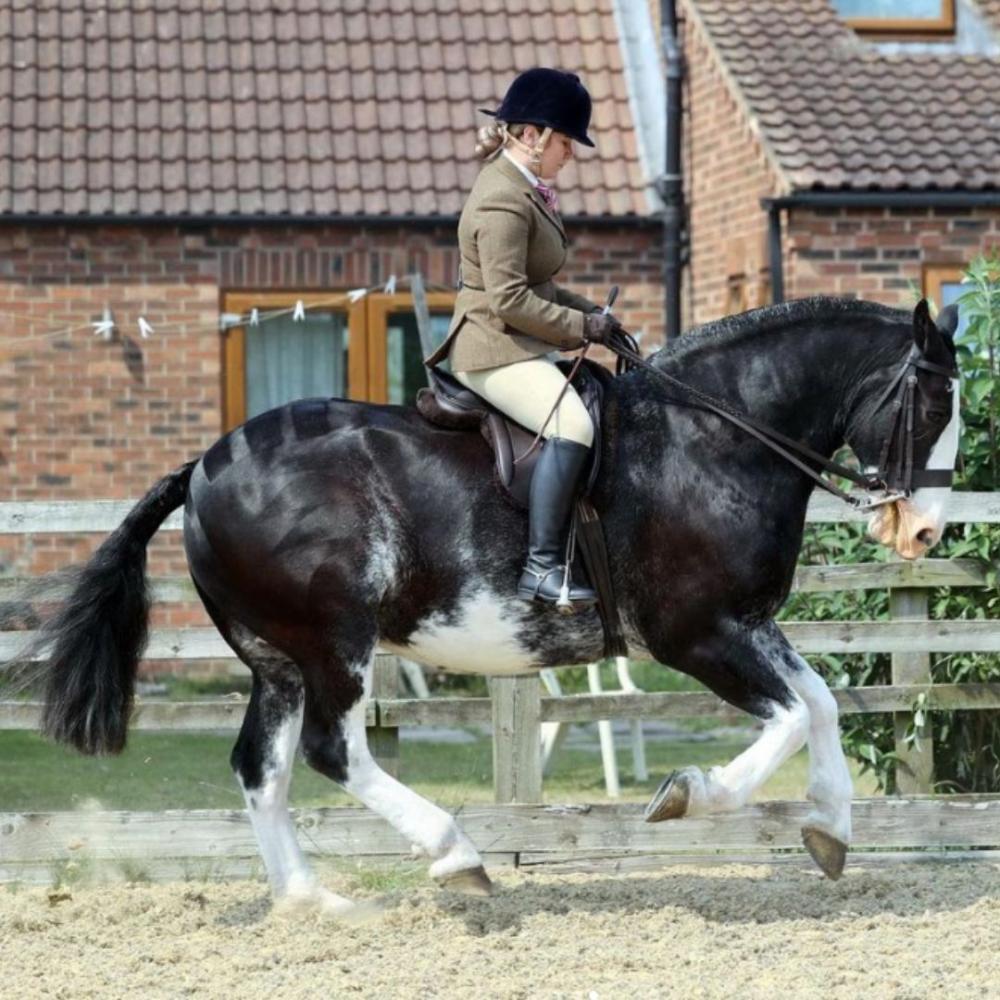
Gallop
Gallop is the fourth and fastest of the four natural gaits of horses. It is a two-beat gait that is faster than the trot, the second fastest gait of horses. In the gallop, the horse more by lifting all four feet off the ground at the same time in a full suspension phase. This is followed by a moment of flight when all four feet are off the ground. During the flight phase, the horse is completely off the ground and airborne. The horse then lands on the ground and the cycle of the gait repeats. The gallop is the fastest gait and is used for racing and long-distance rides.
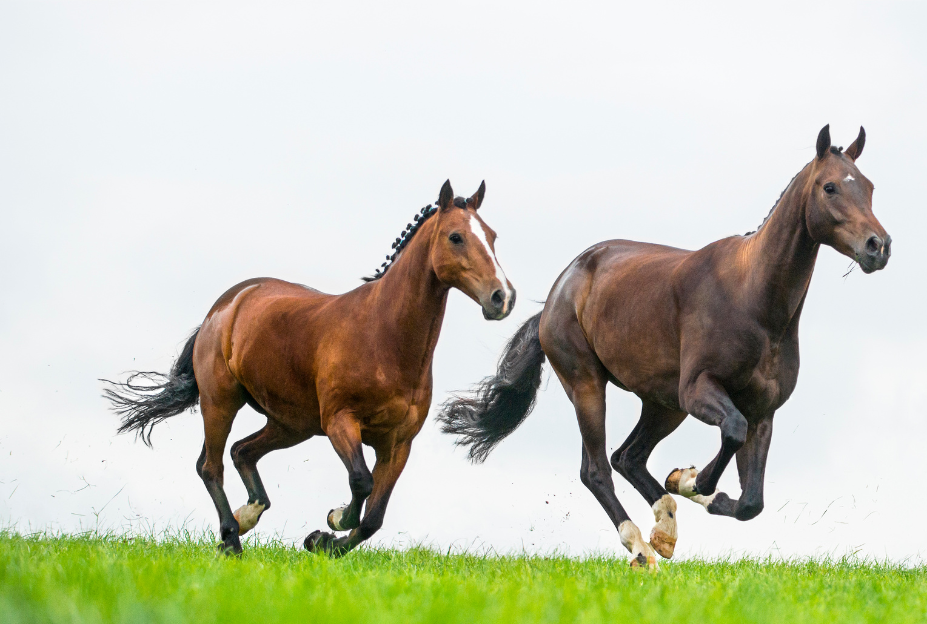
Having an educated seat on horse gaits is an important part of developing your riding skills. To achieve this, it is important to practice the different gaits regularly, paying attention to the way your horse moves and how your body is positioned.




